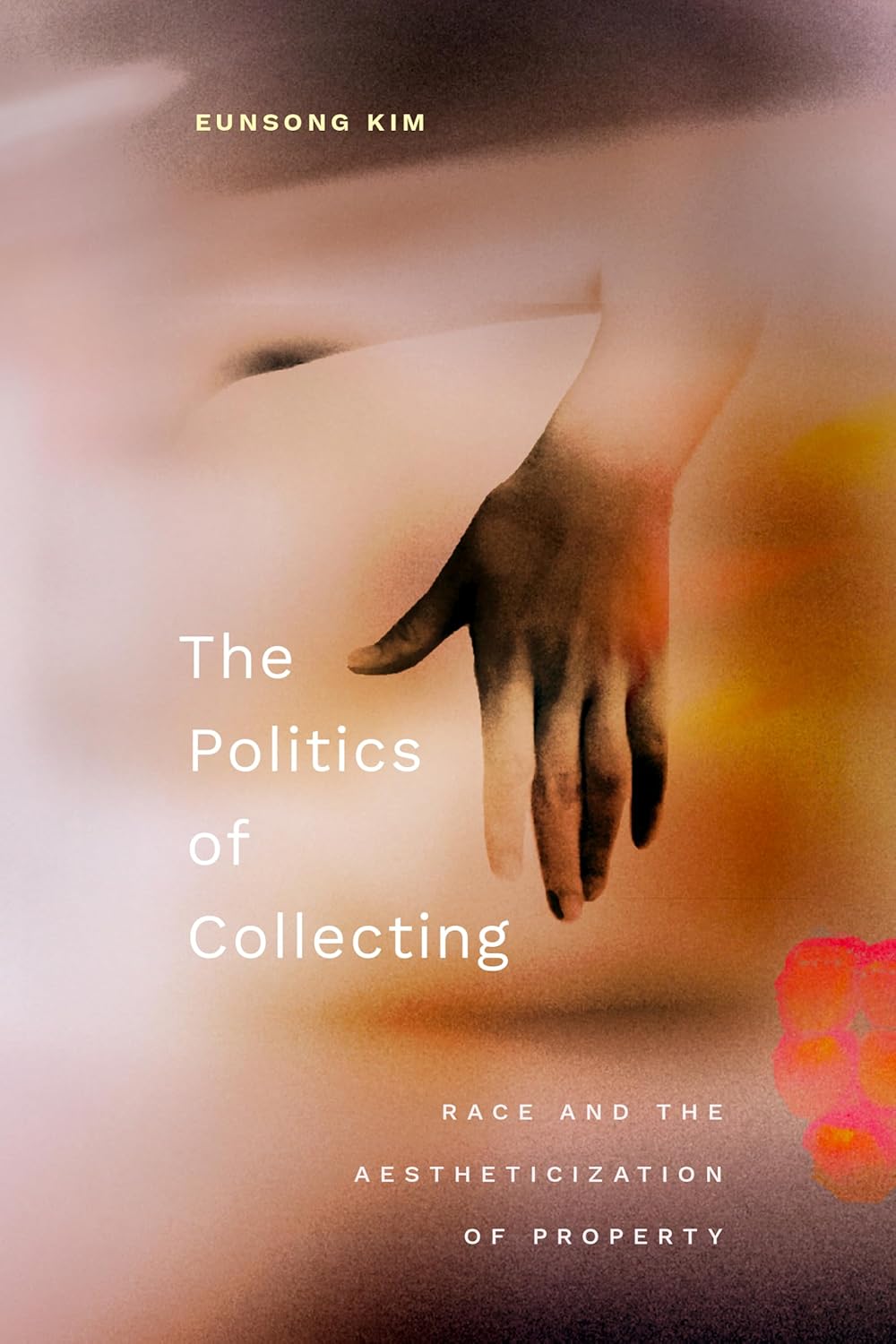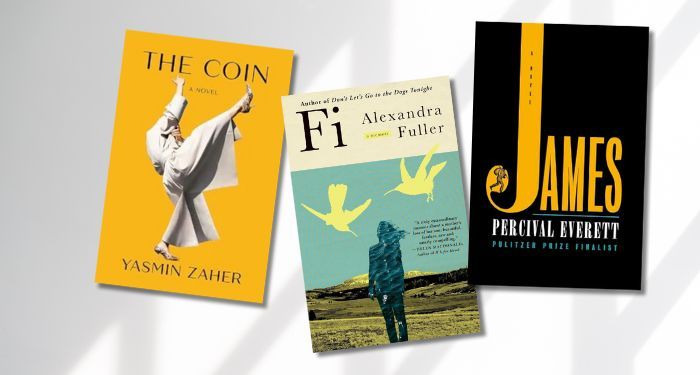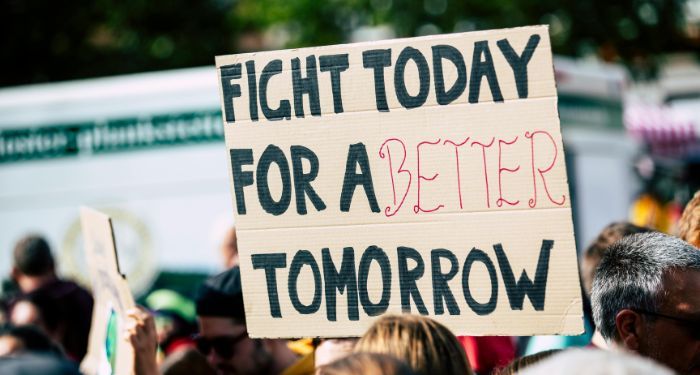Eunsong Kim is a poet, writer, and Associate Professor of English at Northeastern University. Her new book, The Politics of Collecting: Race and the Aestheticization of Property, traces the history of US museums to conceptual artists like Marcel Duchamp to dispel myths around artistic merit, avant garde art, and white male genius. Kim's research dives deep into primary documents – Jim Crow-era financial statements, correspondence between art curators and financiers, and labor movement records – to ultimately look past much of the romance and mysticism that veils modern and contemporary art to ask questions about the human price of institution-building.
The book is essential reading for arts workers who feel conflicted about their desire to support creativity while feeling despair in current systems available to do so. It is an elegy for lives destroyed under false pretenses of charity and aesthetic advancement. It is vindication against recent violences committed by the institution that are mismarketed as caretaking. As Kim dares to put it, "whose garbage becomes the archive?"
▼
How did you look at the history of art and understand all the violence that has made it possible without becoming disillusioned with art making or discrediting aesthetics altogether?
I mean, I am fairly disillusioned. I'm excited that the book is able to offer, perhaps, more than my own personal disillusionment. Something that is very clear to me and in researching and writing the book were just very basic questions of like, how much did it cost and how did the institution acquire it? Something that was very much on my mind was going back and thinking about my own education process, like how I learned about certain works of art, how I learned about certain collections of poetry, and how education and institutions were so pivotal to my learning, the learning that I do against the institution or in spite of the institution.
When I was at the Getty as a graduate student, I noticed how the Getty would offer these "free" bussing programs, where they would bus in students from all over Los Angeles so they can go through The Getty and learn about art, and then the docents who would be at the site would be volunteers that would take the students through the museum. I think on paper, this sounds like a fantastic program. Why shouldn't students all over Los Angeles experience looking through the Getty? But if you peel it back, the Getty as an institution collects pre-19th century Western European art. This is the mandate of the founder of the museum. These are the collections that he wanted, and that's why the photo section is separate from the museum. This is the version of aesthetics that he left for the world, and that continues to be perpetuated because this was his understanding of what is considered important and beautiful.
It reifies this argument that I think is naturalized for so many people, that art is an exceptional thing that you do at the benevolence of somebody else. Somebody granted this to you, and you have to go and be really respectful and in reverence of this institution. But these institutions are fundamental sites of expropriation. From when you're young to when you're old, they're always these exceptional spaces. Our definition of art making is constantly removed from this thing called life.
At the end of the book, I'm really trying to think about, what else can art and aesthetics and all of these words that are incredibly fetishized be? Is it just this professionalized site that's the place of the institution, or is it something that is part of our lives?
I'm interested in the inspirations you take from your religious upbringing – as you say in the opening chapter that accepting the good will of wealthy Christians meant "enforced gratitude."
I wrote that at the very end. It just was like me sitting with, "What is my relationship to like the collection?" What's my relationship to the Arensberg Collection and the Philadelphia Art Museum? On one level, it's hilarious to me that I'm looking through all of their sales books. Something that I don't think it was imagined that this is why the sales books were acquired – for a researcher like me to look through and think about labor history, or the history of racial capitalism and the development of their collections. But this motivation is personal in some ways, because I think I see this logic of benevolence in so many arenas, and I want to just help undo some of the the guilt and anxiety that I think that accrues in a lot of spaces that if one is paid or one receives an award, then one does not a critique institution.
I agree with you that I always feel like artists can be more critical; that they should take initiative to say "no" to things that are unethical. But sometimes I wonder how much individual agency we really have. I mean, you know, I read Lucy Lippard. I'm here to bite the hand. And yet, I see people like David Velasco getting fired from ArtForum just for publishing a letter in support of Palestine or Samia Halaby losing an exhibition over similar remarks. There are serious repercussions for saying anything.
In the first chapter, when I'm going through the paintings that Henry Clay Frick purchased, I do not think that the political impetus is on the artist, the way that I think a lot of debates end up concentrating on like, is the artist in the show? Is the artist not in the show? Did the artist say yes? Did the artist say no?
I actually think it feels like the worst kind of individual liberal thinking, because I do think that, in fixating on the individual artist, what gets missed is the entire history of the structure of the institution. We bypass what the roots really are like, what the power structures in place are doing, because we're fixated on the "good" artists or the "bad" artists. And I think even if we have our fan favorites, which I do, that conversation makes it so that even if you get one board member off, how do they get appointed? What's that process? When I was in the Frick Collection, the one thing that was so clear to me was that someone needs to write a book on the history of board formations. How was this decided that all of these institutions just have boards? And I can say that for some of the earlier museum boards, it's not like there was an artist, but if there is, there's one or two. Board members are mostly other billionaires. They're mostly other corporate executives, so they're all run like corporations. With the board members of the Frick, like Rockefeller and Mellon, how did all of these people who profess that they don't know anything about art become the board of this museum? They're prioritizing financial immortality.
I think a bigger question is, what if some people have more agency than others? What's the conversation going to look like when everyone has equal access to this thing called agency? Why do some people have more agency in an institution to do certain things, to fire people for signing letters? I think rather than fixate on what does it mean for someone to say yes or no, the question should be flipped and say, why is it that some people can fire other people?
Well, I fixate on people. What I appreciate most about the book is that it helps me think through more recent conflicts I fixate on, like Dana Schutz's abstraction of Emmett Till.
It was a section, but I took it out. I realized that there's actually been so much good writing on it that I don't need to say something. But obviously, that's another really good example. People really tried to die on that hill, you know, in defense of her. And it was shocking.
Do you think your analysis of Santiago Sierra's neoliberal aesthetics can apply to that instance, not only to the physical depiction, but the fact that curators couldn't entertain the destruction of an artwork?
I am always really curious about this conversation on destruction of our objects. In an earlier essay, I write about how the former CEO of the Getty says something like, "we take refugees, why can't we take their objects?"
Mostafa Heddaya wrote a while ago about how so many museums freaked out when they thought objects were being destroyed in Iraq by various different militant groups. And then it turned out like those were all fakes, but the museum curators and CEOs, without making a statement about the war, would immediately make a statement about the objects, without even verifying whether or not the objects in the museum in Iraq have been destroyed.
I think you see a lot of these moments where there seems to be an impulse to buy a Western Imperial understanding of the world that you save the objects, but when we're thinking of care for people, communities and the environment, that seems separate. Which is truly wild, right?
There is something that is happening collectively that protection of the object seems to supersede protection of the people.
This is to say, I don't think that all objects should be destroyed. I think that's a fun position. But when does someone get to say these objects are no longer part of us? I found the fundamental celebration of destruction of objects as manifestos that were written by Surrealists and the futurists that are celebrated in art history as part of this art. If it's done as performance, and there's documentation of it, that seems okay, because it's continuing a line. But when the object becomes something that people get to decide on because it's part of their lives, that's where the conflict seems to be.
I want to stay on this issue and consider if prioritizing a "debate" or "conversation" over actual actionable change might also be part of neoliberal aesthetics. In your discussion of Louis Agassiz's daguerrotypes of enslaved people at Harvard, there also seems to be a lot of time and resources wasted on debating whether or not objects that perpetuate anti-black violence should remain under white ownership and circulate casually for public access – something that should not even be up for debate.
Yes. One of the main questions is, if Harvard can take care of it in a way that the descendant cannot. If it is in her care, what if they fade? What if they're damaged, and then what if they dissolve? They did fade under Harvard's care. Very few people talk about the fact that they also didn't fully take care of it. And then they digitized it, and so now, it's theirs forever. But they were objects that were created to support a white supremacist understanding of the world. If the descendants decide that they are going to do something else with it, how many people get to partake in that conversation? It's not even conceivable that images that were made essentially to uphold enslavement, we can't imagine destroying that.
Fundamental preservation is not the objective. [The descendants of who were depicted in the daguerrotypes] don't get to decide, in any way, shape or form, how it exists in their lives. It's decided for them and on their behalf.
I want to talk about Marcel Duchamp's Fountain (1917) and what he called "readymades" – all of which you have chosen not to reproduce photographs of in this book.
I just figured that, like I didn't reproduce any of Santiago Sierra's work, he himself has talked about how these are uninteresting photographs. The point isn't like the image or the object, it's the narrative power that he thinks he's trying to provoke you with, in telling you that these were people who are more willing to be exploited in ways that like the curators were not. For the example, in his proposal to MoMA PS1 curators, would they ever take off their shirts and line up according to salary the way that the janitorial staff did? I think he makes it very clear the image, the object is almost inconsequential to the fact that he thinks he's provoking you to think about the story, the narrative. But I also wonder what exactly is the image and what exactly is the object? If they're saying it's besides the point, then I don't need to reproduce it.
I would actually like to get a photograph of the Noah Purifoy. But I just felt like, with all the correspondences making sure Duchamp's objects were permanently housed somewhere, I just didn't want to continue to partake in this reification project that I think is so pivotal to his current status.
I found it unbelievable that none of the curators you mention who wrote about Duchamp talked about the segregationist times he lived and worked in, the Jim Crow era.
Yes, it was never mentioned in any of my classes. The context that's considered is, you know, the rise of the movement of Surrealism and Dadaism. That's almost always considered, and so then it makes it seem like this is all happening in Europe and not in the United States. But it's very much happening in the US. It was jarring for me to realize at one point that this guy is not part of the Dadaists in France. He and his patron are doing things together in New York. And also, the urinal is not just this kind of random object. I think once I started thinking of it like that, it was impossible for me to not see it.
I think people primarily lament how white and male the canon is. But it's not just simply his identity, and this is what makes identity politics so shallow sometimes. It's the logic that his work is perpetuating, and this offers really no easy solution, because with multiculturalism, the solution is to just, you know, diversify the canon or whatnot. But what do you do when this object that exists on such a pedestal in history ignores segregation and perpetuates the logic of "artist as CEO", as you put it in the book, you know?
Yes, and it's coming at a similar time that scientific management is being forced onto workers. I don't think that's a mistake. Now when we think of something like NFTs, or when we think of artists, it's assumed that they have the really good ideas. It makes sense that someone has the idea, and the production is done elsewhere. I don't think that that seems controversial to a lot of people, but I really do wonder about something like the Fountain (1917) and all of these other kinds of works that celebrated this separation as the new frontier, and then I wonder about the labor politics and the racial politics that it's upholding in this separation.
When I work with students, when we watch videos of Art21, they always comment on the people who are making things in the background. They're astonished. They're like, What do you mean? The artist doesn't have to do any of the work? And I think it's because so much of education is asking the individual to do that "tremendous" work.
I think it comes with this idea that after you do the work, then you get to be the executive or the manager that orders other people around, and students always comment, the idea is really not the hard part. Is it the idea that's the difficult part? Or is it all of the ways in which one engineers through that? And I think those kinds of conversations also can get kind of flat in that, then the person who makes it is celebrated. I just would like more complication in how we think about what it means for us to have ideas and celebrate the person who has ideas, and then what does it mean for us to learn how to make things either with each other or on our own?
You provide convincing arguments in the book on how, historically, art institutions have protected white wealth and white ideas. But I'm curious if you can give your thoughts on where that leaves the artist of color or arts worker of color in 2024 – people who aspire to enter into these temples of immortality or just want health insurance and a steady wage for the time being. I think a common question readers might have is, "Where do we go from here?"
I never know what to say, except that, I guess one thing that I would hope in general is that [we don't become] advertisements for the institution. I wonder if part of the price of being part of these spaces is that one almost feels like we have to be excitedly, visibly participating. I do see the strain and stress and difficulty that it puts on a lot of people. And if I'm not going to speak to that directly for whatever reason, then I would think just helping people navigate the difficulties collectively seems like something that mentors of mine have done for me.












 Bengali (Bangladesh) ·
Bengali (Bangladesh) ·  English (United States) ·
English (United States) ·